PRESENTATION: Beirut and the Golden Sixties-A Manifesto of Fragility
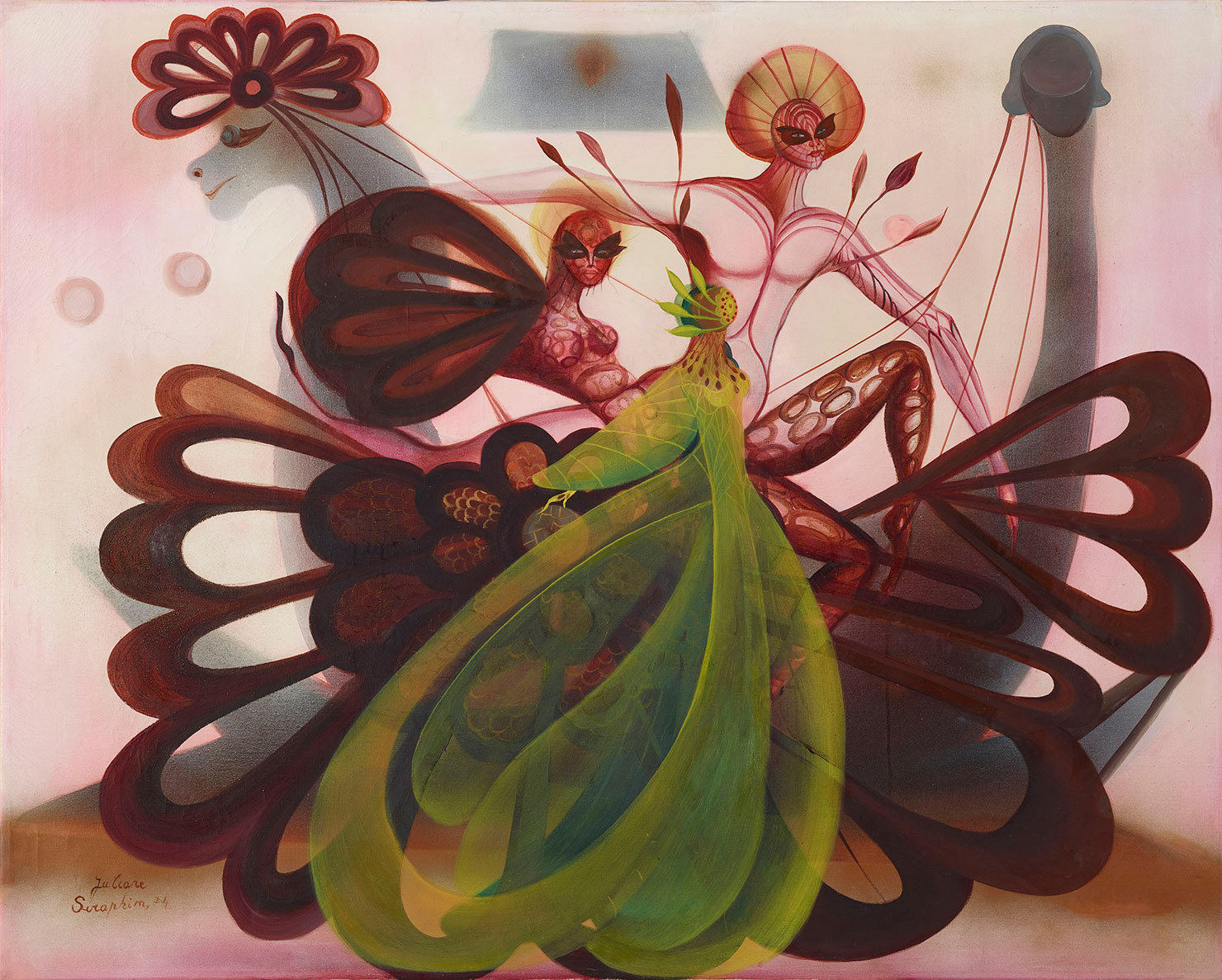 The exhibition “Beirut and the Golden Sixties: A Manifesto of Fragility” revisits an exhilarating chapter in global modernism in Beirut from the 1958 Lebanon crisis* to 1975, the year that witnessed the outbreak of the Lebanese Civil War*. The exhibition showcases a heterogeneous mix of artists whose drive for formal innovation was matched only by the tenacity of their political convictions.
The exhibition “Beirut and the Golden Sixties: A Manifesto of Fragility” revisits an exhilarating chapter in global modernism in Beirut from the 1958 Lebanon crisis* to 1975, the year that witnessed the outbreak of the Lebanese Civil War*. The exhibition showcases a heterogeneous mix of artists whose drive for formal innovation was matched only by the tenacity of their political convictions.
By Efi Michalarou
Photo: Gropius Bau Archive
The exhibition “Beirut and the Golden Sixties” traces the antagonism between Beirut’s politicised cosmopolitanism and its surrounding trans-regional conflicts. With around 220 artworks by 36 artists, more than 200 archival documents and a new work by Joana Hadjithomas and Khalil Joreige especially commissioned for the show, it is the most comprehensive presentation to date of a pivotal period in the history of Beirut – a city that continues to carry the burden of its irreconcilable ambitions. The exhibition maps out a brief but rich period of artistic and political ferment. A continuous influx of intellectuals and cultural practitioners from across the Middle East and Arabic-speaking North Africa flowed into Beirut over the course of three turbulent decades marked by revolutions, coups and wars across the regions. Encouraged in part by the Lebanese banking secrecy law of 1956, a stream of foreign capital also flowed into the city. New commercial galleries, independent art spaces and museums flourished. Beirut was bursting at the seams, not only with people, but also with ideas. Yet beneath the surface of a glistening golden age of prosperity, antagonisms festered before eventually exploding in a 15-year civil war. The exhibition was developed concurrently to the October uprisings, the devastating explosion in August 2020, Lebanon’s unprecedented economic crisis and the global COVID-19 pandemic. The show is an investigation into a crucial chapter in history, reconsidered from the vantage point of these contemporary crises. A comprehensive multi-media installation is created specifically for the exhibition by the artists and filmmakers Joana Hadjithomas and Khalil Joreige, who live and work between Paris and Beirut. It contemplates the transformation of artworks by acts of violence in an immersive installation of screens and performance. In the face of collapse, disaster and death, the work wonders, can we oppose poetry to chaos? Presented in five thematic sections, the exhibition introduces the breadth of artistic practices and political projects that thrived in Beirut from the 1950s to 1970s. Le Port de Beyrouth-The Place: By 1958, Beirut was a hub of intellectual and artistic life in the Middle East. With its longstanding tradition of freedom of expression, it attracted artists and intellectuals escaping autocratic regimes elsewhere in the region. The first section of the exhibition explores the fraught notion of belonging among artists from different communities across the region. Lovers-The Body: The 1960s was a decade of sexual liberation movements across the world. Home to a large number of women and LGBTQIA+ artists, the Beirut art scene was at the forefront of the attendant debates. The section, explores the role of Beirut as a site of experimentation and a testing ground against the limits of a heteronormative bourgeois society. Takween (Composition)-The Form: A medley of artists utilising and negotiating a wide range of techniques, materials and styles converged in Beirut’s rich art scene. Cultural programming was diverse and involved global actors including Max Ernst, André Masson, Wifredo Lam and Zao Wou-Ki. The section considers the local debates around the articulation of various modernist tendencies in Beirut, paying close attention to the predominance of abstraction in the 1950s to 1970s. It traces the link between artists’ political affinities and their subscription to a style or a school, ranging from oriental abstraction to art informel. Monster and Child-The Politics The fourth section, takes a close look at the relationship between art and politics in the years preceding the Lebanese Civil War before sectarianism had taken over all aspects of life in the city. During this heyday of cultural production, artists searched for forms appropriate to their varying commitments – from the utopian projects of Pan-Arabism and postcolonial struggle to the divisive political alignments of the Cold War, the Vietnam War and the Palestinian Cause. Blood of the Phoenix-The War: The exhibition’s final section examines the enduring impact of the Lebanese Civil War on cultural production in Beirut. With galleries and independent art spaces shuttered and artists migrating to Europe, the United States and the Persian Gulf (in a foreshadowing of the migration from contemporary crisis-stricken Lebanon), the war took its toll. The devastation that followed revealed the irreconcilability of Beirut’s complex politics, stripping bare the myth of a “Golden Age”.
* The 1958 Lebanon Crisis was a political crisis which was brought about by political and religious unrest in the country, leading to a US military intervention. The intervention lasted three months up until the end of the term of then-president, Camille Chamoun, who requested the intervention. President Eisenhower of the United States answered Camille’s request by forming Operation Blue Bat to intervene in the crisis. The aim of the operation was to protect the regime against the Muslim rebellion and any intended threats from Lebanese rivals. The strategy was to take charge of the Beirut International Airport, the port of Beirut and the areas surrounding the city. Operation Blue Bat included about 14,000
** The Lebanese Civil War (1975-1990) was a multifaceted civil war in Lebanon resulting in an estimated 120,000 fatalities. There was also an exodus of almost one million people from Lebanon as a result of the war.The beginning of the civil war is typically dated to 13/4/1975, when the Phalangists attacked a bus taking Palestinians to a refugee camp at Tall al-Zaʿtar, Lebanon. The attack escalated an intermittent cycle of violence into a more general battle between the Phalangists and the Lebanese National Movement (LNM), whose coalition of Lebanese leftists and Muslims supported the PLO’s cause.
Works by: Shafic Abboud, Etel Adnan, Farid Aouad, Dia al-Azzawi, Alfred Basbous, Joseph Basbous, Michel Basbous, Assadour Bezdikian, Huguette Caland, Rafic Charaf, Saloua Raouda Choucair, Georges Doche, Simone Fattal, Laure Ghorayeb, Paul Guiragossian, Farid Haddad, John Hadidian, Joana Hadjithomas, Jumana Bayazid El-Husseini, Khalil Joreige, Dorothy Salhab Kazemi, Helen El-Khal, Simone Baltaxé Martayan, Jamil Molaeb, Fateh al-Moudarres, Nicolas Moufarrege, Mehdi Moutashar, Aref El Rayess, Adel al-Saghir, Mahmoud Said, Nadia Saikali, Hashim Samarchi, Mona Saudi, Juliana Seraphim, Cici Sursock and Khalil Zgaib
Photo: Juliana Seraphim, Untitled, 1979, Oil on canvas, 80 x 100 cm, Courtesy: Saleh Barakat Gallery / Agial Art Gallery
Info: Curators: Sam Bardaouil and Till Fellrath, Gropius Bau, Niederkirchnerstraße 7, Berlin, Germany,Duration: 25/3-12/6/2022, Days & Hours: Mon & Wed-Sun 10:00-19:00, www.berlinerfestspiele.de
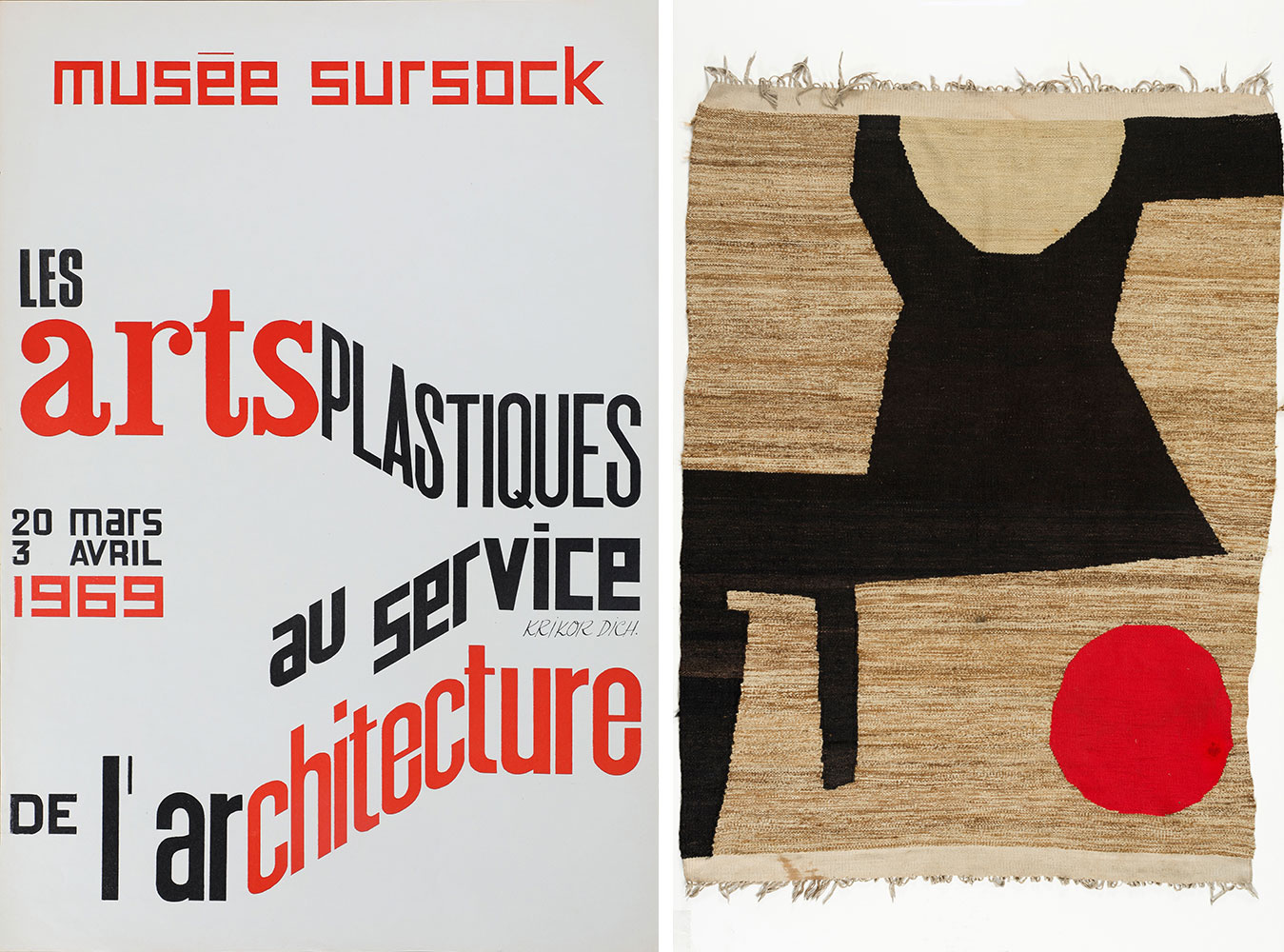
Right: Etel Adnan, Untitled, approx. 1972-73, Tapestry, Wool, 160 x 112 cm, © Simone Fattal, Courtesy: Private Collection, The Zeina Raphael Collection
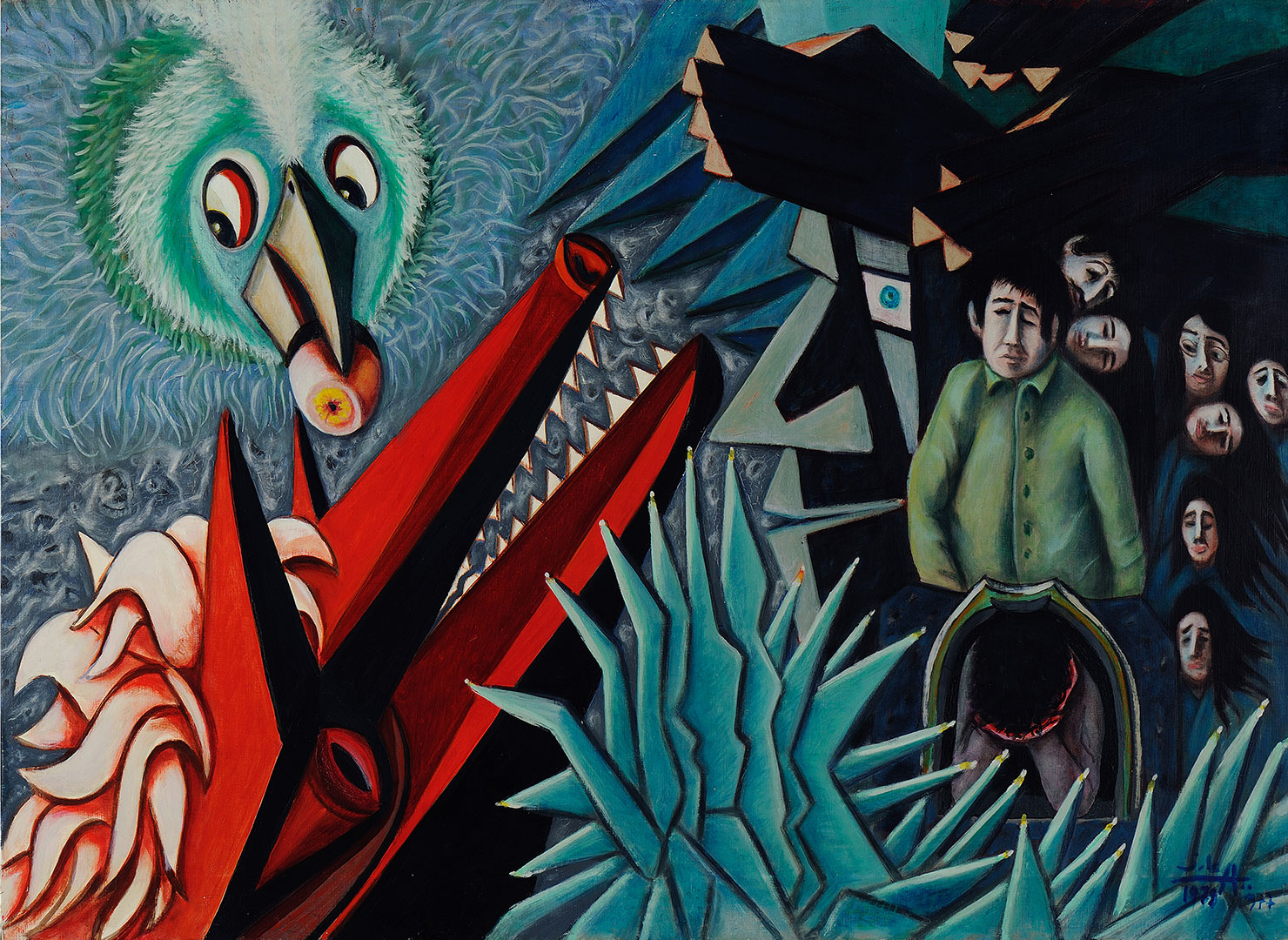
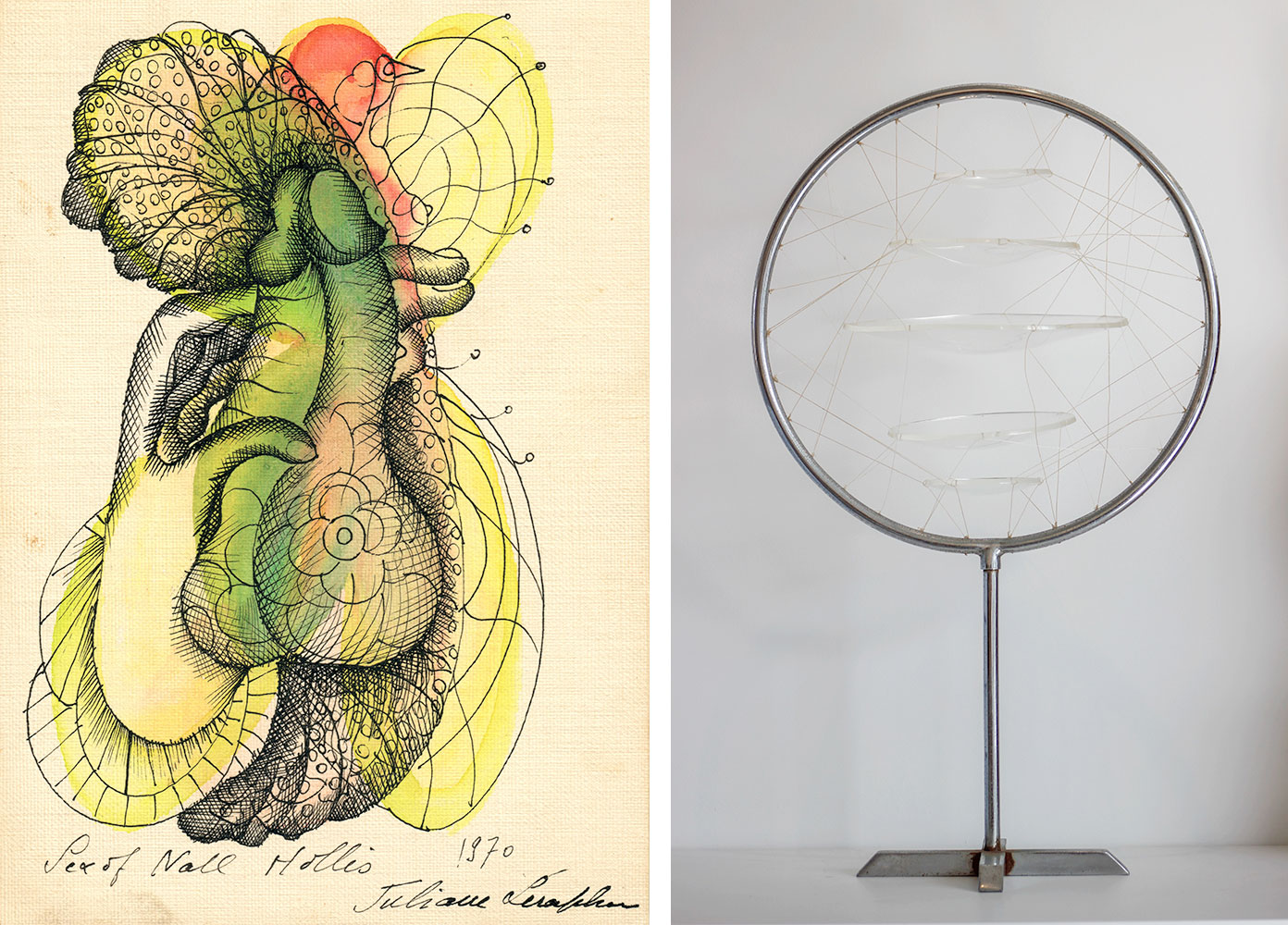
Right: Saloua Raouda Choucair, Untitled, 1969-71, Plexiglass, stainless steel and water, 87 x 53 x 30 cm, Courtesy: The Saloua Raouda Choucair Foundation
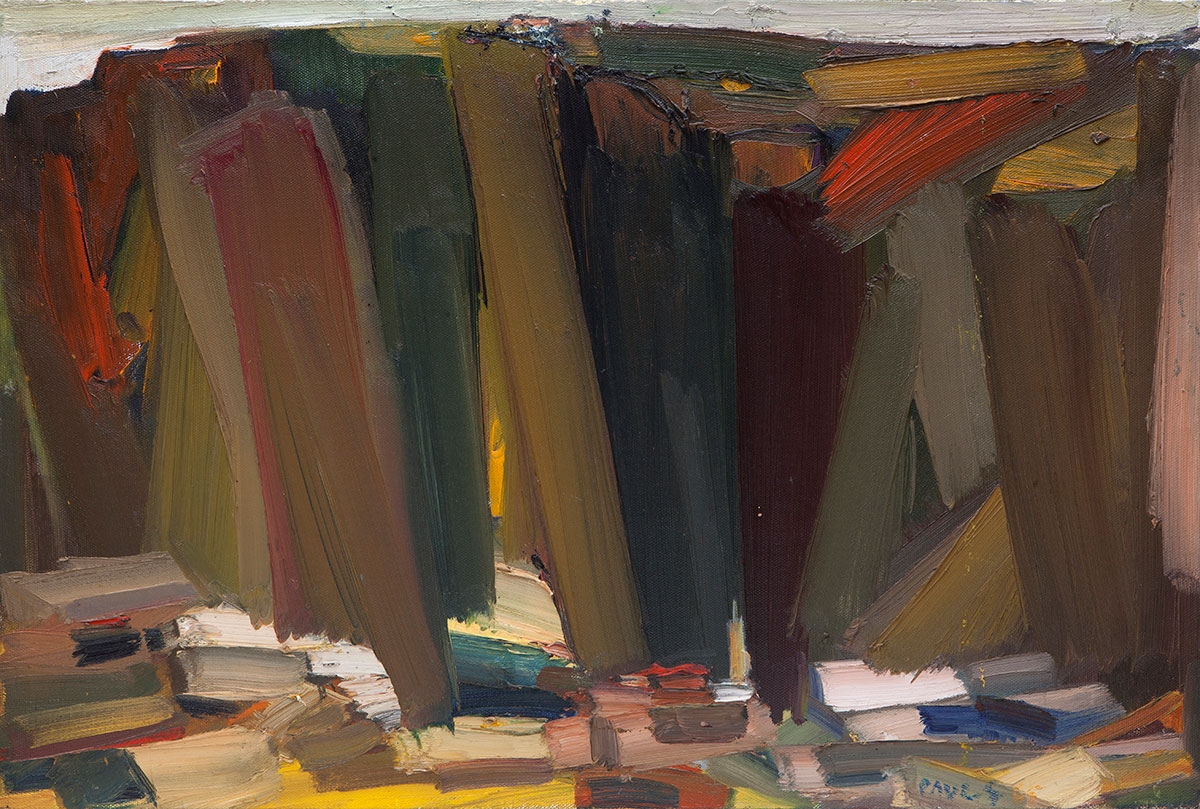
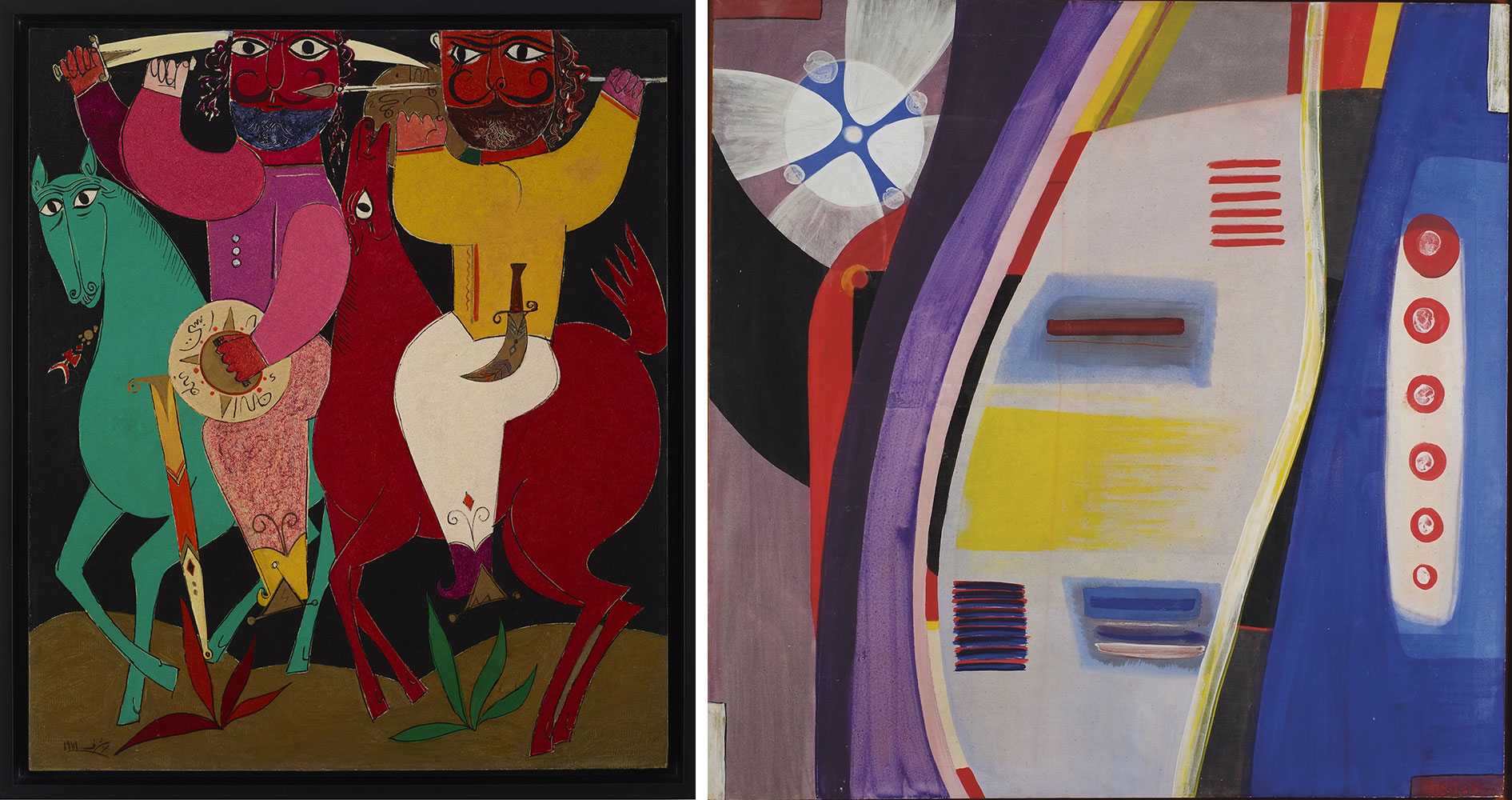
Right: Aref El Rayess, H.T.M (Human. Time. Machine), 1965-66, Oil on canvas, 149.8 x 150 cm, Courtesy: Private Collection, Wassim Rasamny, New York @ 2008 Christie’s Images Limited
